01.
Purchasing Tickets and Boarding

Buy your ticket(s) online beforehand, and then get on board at any bus stop.
The "Sky Hop Bus" is a red, double-decker, open-top sightseeing bus that offers tours around Kyoto where you can get on and off whenever you like. You can take in famous sightseeing spots right from your seat on its spacious and roofless upper deck. Gaze over Kyoto's beautiful scenery, get off at any sightseeing destination that grabs your interest, wander around, eat, play, and then get back on. Freestyle your Kyoto tour and take your fill of everything it has to offer.

The Sky Hop Bus is a spacious, roofless, open-top bus. From the comfort of your seat on the upper deck, you'll enjoy the sights of Kyoto's famous landmarks and historic sites, such as Nishiki Market, Nijo Castle, Kinkakuji Temple, Ginkakuji Temple, Heian-Jingu Shrine, Kiyomizudera Temple, and so on. Kyoto is a place where even the buildings will give leave you longing for its halcyon days. There's also a plethora of photo spots you can snap pictures of right from the bus window.
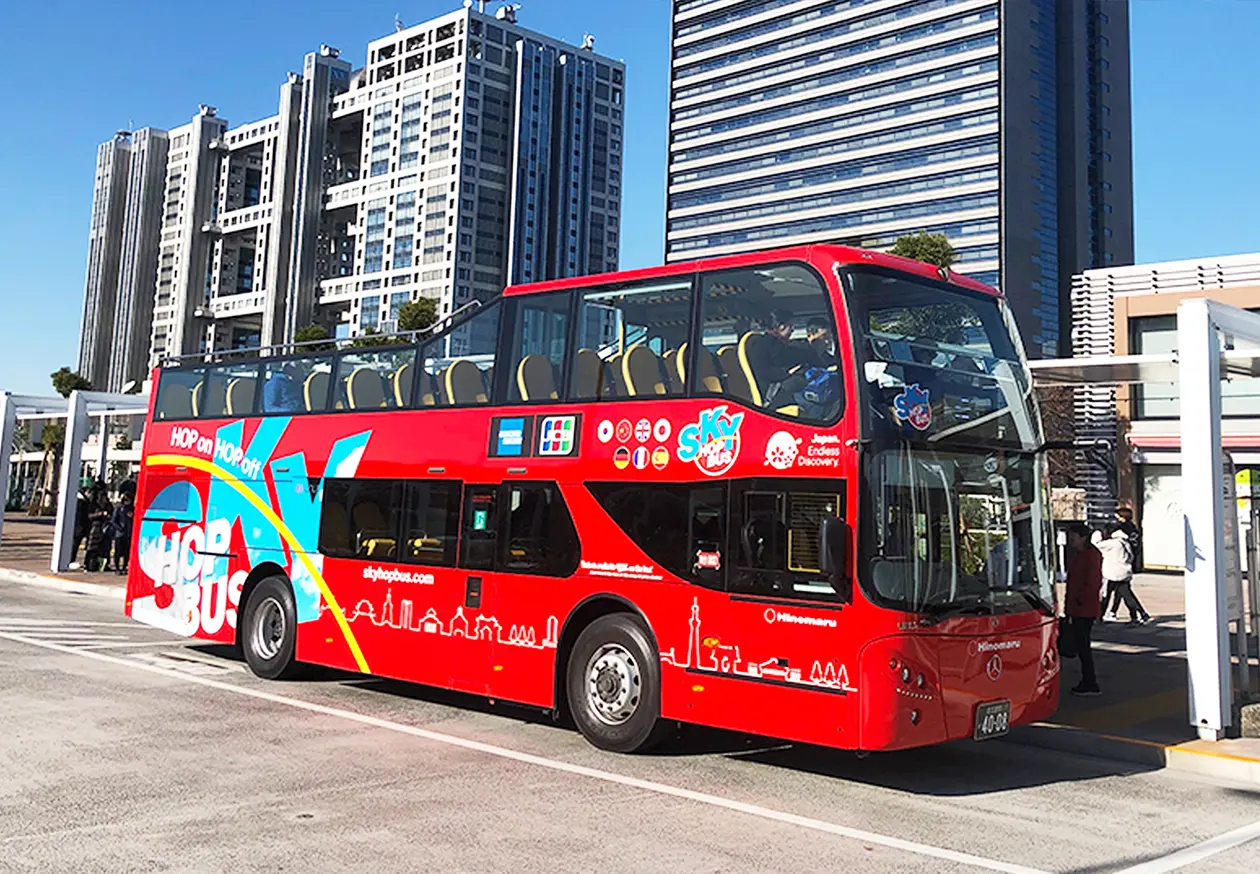
The Hop-on Hop-off Bus Route is a bus tour where you get on and off whenever you like. You can hop on and off the bus as many times as you want at any of the stops, giving you the freedom to plan your own sightseeing itinerary. Enjoy the sights on the upper deck right from the bus window, hop off when you're near your sightseeing destination, and get back on whenever you like. Take this pleasant cruise around the many must-see attractions Kyoto has to offer, and if a particular spot catches your interest, feel free to get off and walk around. You can enjoy sightseeing at your own pace.

Free audio commentaries are available for a variety of different sightseeing destinations. If you put on our provided earphones, you can listen to a fun, in-depth commentary from a guide who knows all there is to know about Kyoto. The audio guide is available in Japanese, English, Chinese, Korean, Spanish, French, and German. Additionally, thanks to its GPS technology, the audio commentary will start to play with perfect timing when a must-see attraction is near. Wouldn't you like to give your ears a taste of these charming attractions too?
This route travels around Kyoto's iconic spots, such as famous places, shrines, and temples. You can freely get on and off at any stop. If you get off close to somewhere you'd like to explore, please feel free to enjoy other sightseeing spots in the area as well.
This route offers the chance to experience all the charm packed into the former capital of Japan. Destinations include: Nishiki Market, often referred to as the "Kitchen of Kyoto;" Nijo Castle, a certified World Heritage Site; Kinkakuji Temple, famous for its shining golden reliquary hall; Ginkakuji Temple, which showcases the "wabi-sabi" culture of Kyoto's Higashiyama district; Heian-Jingu Shrine, which is famous for its large torii gate; and Kiyomizudera Temple, also known as Kiyomizu Stage.
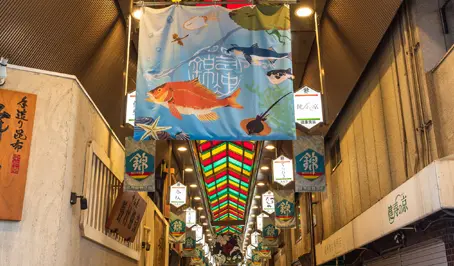
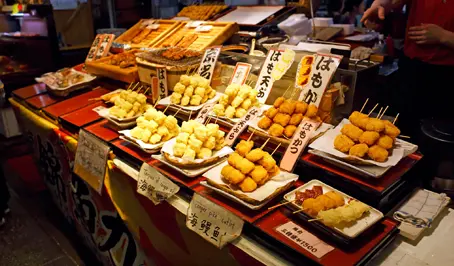
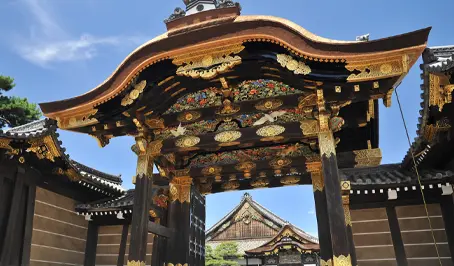
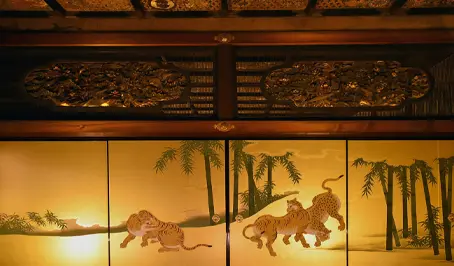
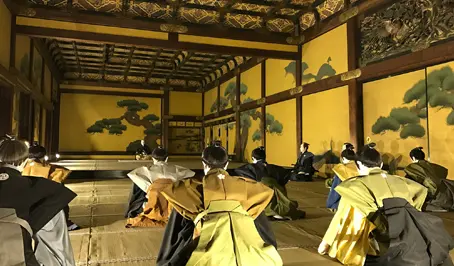
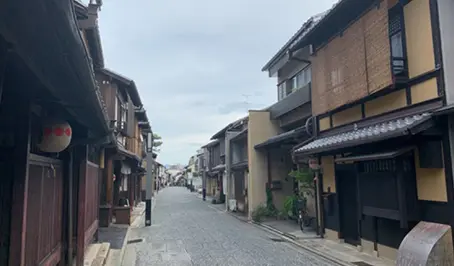
Located nearby is Goou-jinja Shrine, which worships Wake no Kiyomaro, believed to be the guardian god of feet. The torii gate entrance to the temple is guarded not by dogs but by boars. Also located near the Imperial Palace is Reizeike House, the only court noble residence still existing in Japan. This residence is open only twice a year during the spring and autumn.
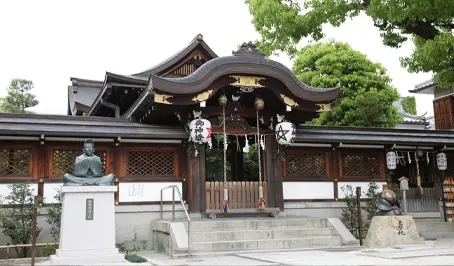
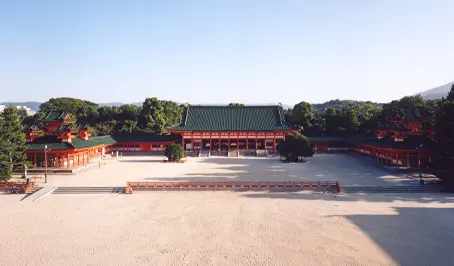
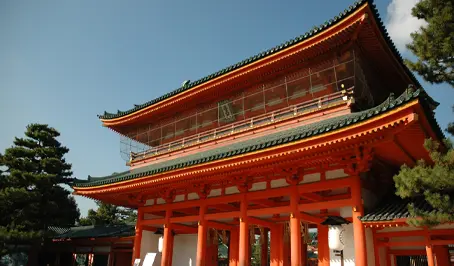
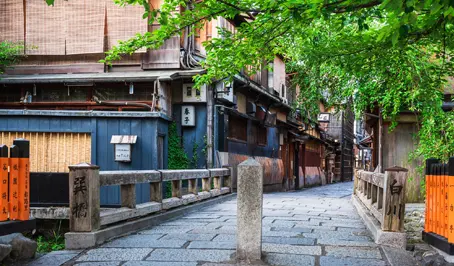
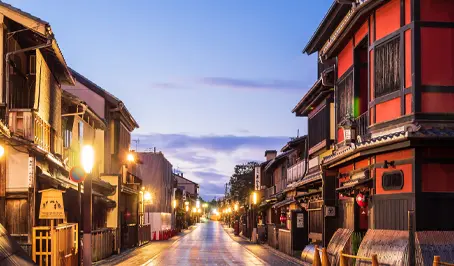
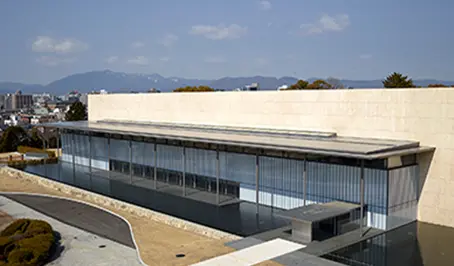
Have you decided which tour route you'd like to pick? You can start your tour by getting on a bus from any bus stop you like. Here is our guide on how to ride with the Sky Hop Bus.

Buy your ticket(s) online beforehand, and then get on board at any bus stop.
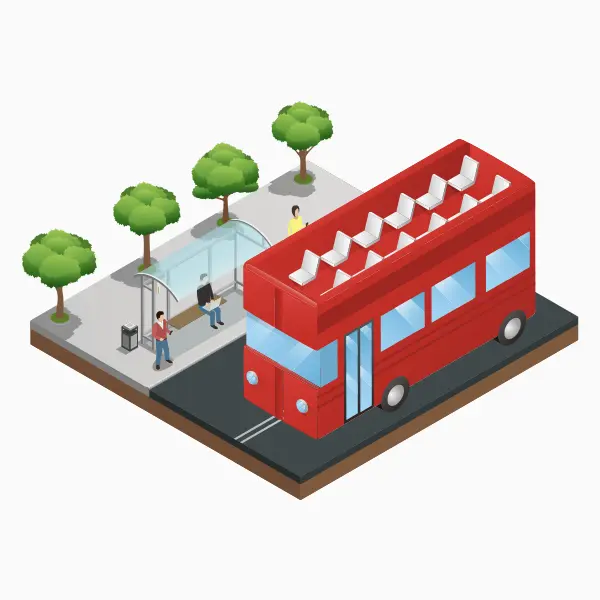
Enjoy sightseeing while riding on the upper deck. Get off at any bus stop.
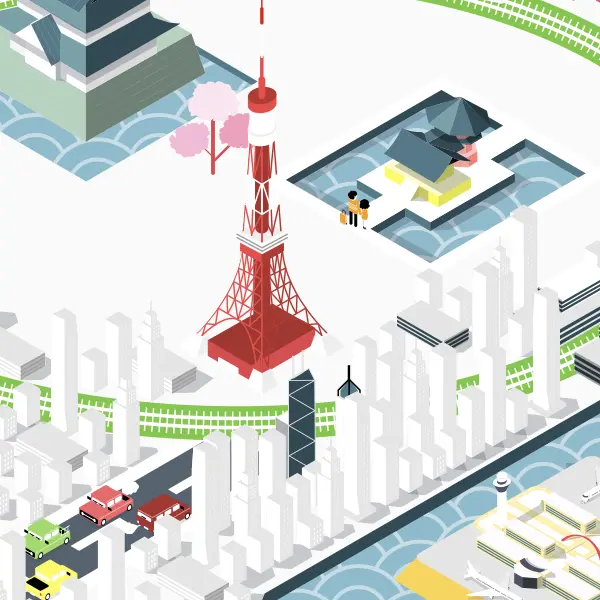
Feel free to sightsee and explore the nearby area of any destination you like, drink tea, etc.

Hold up your ticket's QR code at any bus stop to get back on.
Get a 10% discount by purchasing your tickets online!